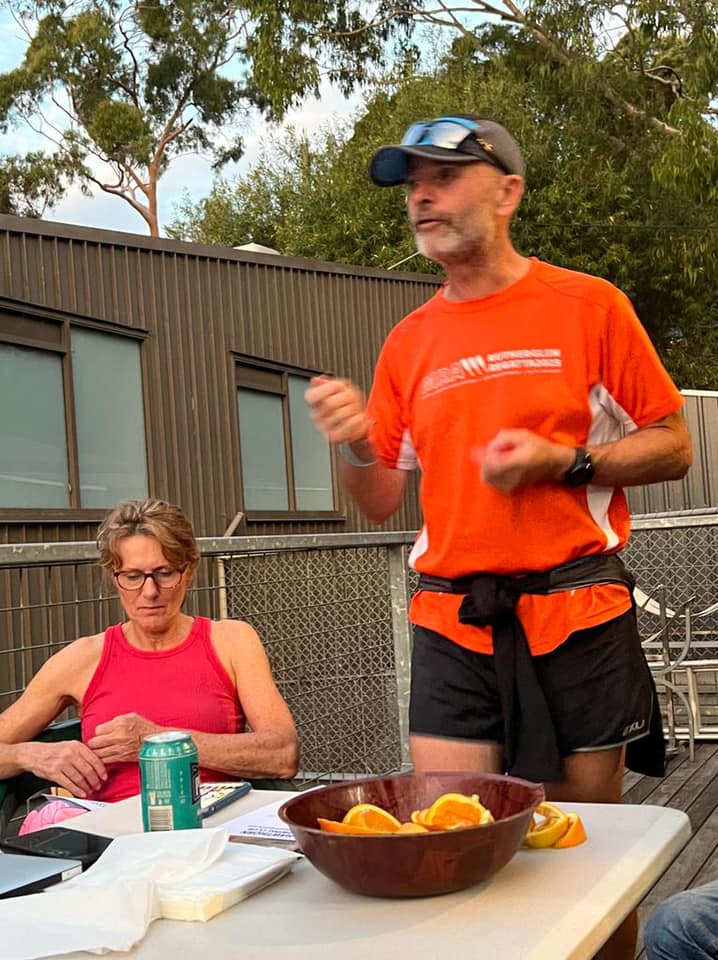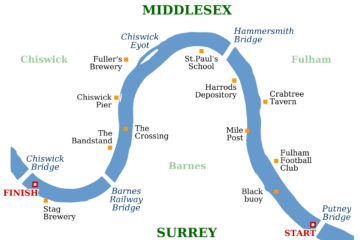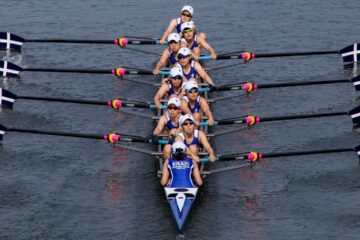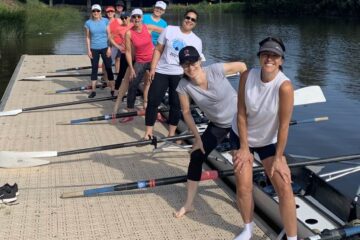While the sport of rowing dates back to ancient civilisations, the specialized role of the coxswain is a more recent development. As the dedicated crew member; the coxswain steers the boat, issues commands, and serves as an on-the-water coach, the coxswain has become an integral part of elite rowing. However, the responsibilities and very nature of this position have evolved significantly over the decades.

Early Coxswain Duties
In the early days of competitive rowing in the 19th century, the main task of the coxswain was quite simple – to literally steer and “cox” the boat using tiller ropes and rudder commands. The ideal coxswain was a small, lightweight individual to minimize extra weight in the boat. Strategic racing decisions were left to the crew’s stroke, who drove the rhythm and rate. The coxswain served more as a maritime pilot than a coach on the water.
Rise of the Cox’n as Tactical Leader
As rowing entered the 20th century and composite hull designs improved, the role expanded for coxswains to become strategic commanders. No longer preoccupied with heavy steering, coxswains used their experienced perspective to analyse racing conditions and implement intricate race plans. They tracked opposing crews, identified opportunities to push harder or reserve boat speed, and motivated their rowers through rousing speeches and precise technical coxing calls.
The Modern Coxing Paradigm
Today’s coxswains are true coaches and leaders who must master the complex technical, tactical, psychological and physical demands of the position. Coxswains are constantly analysing real-time data on speed, stroke rates, outputs and more. They devise innovative strategies, build team cohesion, deliver inspirational messages, and finely tune commands to ensure synchronised boat movement – all while accounting for current, wind, competition positioning and other variable conditions.
The best coxswains can single-handedly influence the outcome of close races, especially in head racing regattas by making decisive moves at key pivotal moments. At the elite level rowing coaches specifically recruit and rigorously train coxswains in areas like sports psychology, motivational interviewing, coding and data analysis. What was once a niche role has evolved into a multi-faceted discipline critical to achieving rowing success at the highest levels.
As rowing itself continues pushing technological boundaries, the coxswain’s responsibilities will only grow more essential and dynamic. The future will demand coxswains be part coach, part technician, part athlete and full-time leader to elevate team performances. It’s been an inspiring evolution for a role that began with a simple duty – keep the boat upright, straight and true.



0 Comments